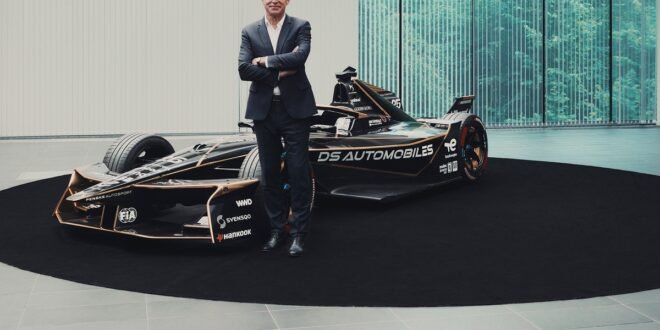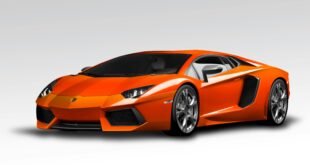A Decade of Innovation and Commitment in Formula E
Since its inception in 2015, DS Automobiles has maintained a long-standing presence in Formula E, a championship that only began just one year earlier. This unique position has allowed the brand to accumulate significant experience and knowledge over the past decade. Xavier Peugeot, a key figure in the company, reflects on this journey and the lessons learned.
“When I joined DS Automobiles, I immediately immersed myself in Formula E,” says Xavier Peugeot. “I particularly appreciate our long-standing commitment to this championship, which has been rewarded with titles. It is deeply consistent with the message of a young brand like ours, founded in 2014. DS Automobiles has made some strong technological choices, and at a time when our brand is making a comeback after several years without any new launches, it is important to be able to capitalise on this natural connection between high electric performance and our new model, the DS N°8, which offers one of the longest ranges on the market at 750km.”
Over the years, DS Automobiles has established itself as a formidable competitor in Formula E, securing four world titles (two drivers’ and two constructors’). The brand has consistently fought at the forefront of this highly competitive championship. According to Xavier Peugeot, the keys to this success lie in several factors:
- Performance through Operational Parameters: In competition, achieving performance requires all aspects of a team to function seamlessly. No single element should lag behind.
- Consistency and Continuity: The brand’s long-term commitment allows for the development of automatic responses and smooth functioning, essential for sustained performance.
- Strategic Direction: The ability to work in the right direction over the long term ensures that the brand remains ahead of the competition.
Technology Transfer from Racing to Production Models
The expertise gained on the racetrack has found its way into production models, even though racing cars and consumer vehicles are vastly different. Xavier Peugeot highlights several examples of technology transfer:
- Brake Regeneration System: This system, taken to the extreme in Formula E, is now featured in the DS N°8.
- Software Solutions: The same software used in the PERFORMANCE version of the DS 7 PLUG-IN HYBRID AWD 360 is also present in the production models.
- One Pedal Technology: This feature, offering increased regeneration, is another innovation derived from Formula E and integrated into the DS N°8.
This synergy between competition and production not only stimulates the Research and Development department but also enables the brand to offer customers a more efficient and higher-performance electric experience.
Customer Reception and Future Developments
DS N°8 and N°4 embody the synergy between sportiness and technology. While customers may not always be aware of the direct connection between Formula E and their vehicles, the benefits are evident in features such as the 750km range and advanced energy management systems. Xavier Peugeot acknowledges the need for better communication about these innovations, but emphasizes that the main goal is to provide customers with these solutions.
Looking ahead, the brand plans to continue developing features inspired by its commitment to competition. Examples include further advancements in electric performance, brake regeneration, and software solutions. Additionally, the DS Performance teams, responsible for designing the single-seaters raced in Formula E, are exploring new technical solutions to enhance future models.
Luxury, Innovation, and Corporate Social Responsibility
DS Automobiles prides itself on its avant-garde and premium DNA. The question of whether this spirit of luxury and Corporate Social Responsibility (CSR) can coexist in the automotive industry is addressed by Xavier Peugeot. He explains that while luxury is an inspiration for design, the brand’s primary positioning is in the premium segment. Offering high electric autonomy, as seen in the DS N°8, is not incompatible with CSR initiatives.
The brand is committed to using recycled materials in its vehicles, with nearly 70% of materials in the Alcantara seats being recycled. Certain interior finishes are made from recycled textiles, plastics, and carpets, while leathers are naturally tanned using environmentally friendly processes. These efforts reflect the brand’s dedication to sustainability without compromising on quality or innovation.
Conclusion
DS Automobiles’ journey in Formula E has been marked by consistency, innovation, and a deep commitment to both performance and sustainability. As the brand continues to evolve, its involvement in motorsport remains a crucial driver of technological advancement and customer satisfaction. With future developments on the horizon, the synergy between competition and production will continue to shape the brand’s identity and offerings.
 Info Malang Raya Its All About World News
Info Malang Raya Its All About World News



